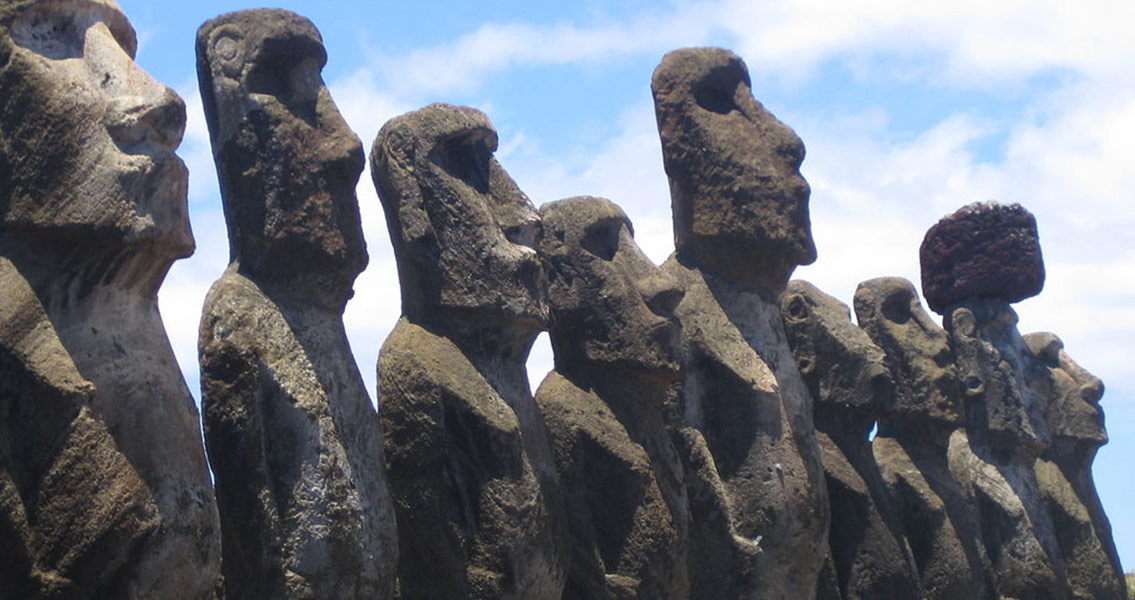<![CDATA[New research has provided evidence of what Easter Island's ancient inhabitants ate. By analysing dental calculus (hardened plaque) from ancient teeth, the plants which were a part of Easter Islanders' diet has been revealed. Known as Rapa Nui by its Polynesian inhabitants, the island is famous for its mysterious large stone heads, or Moai. It had been thought that the staple crop of Rapa Nui was palm. Curiously, there is little archaeological or ethno-historic proof to support this; evidence, in fact, indicates that the palm tree became extinct soon after European colonisation in the thirteenth century. PhD student Monica Tromp, from the University of Otago, New Zealand, working in tandem with Dr John Dudgeon, from Idaho State University, has been trying to shed more light on this historical problem. By closely examining the phytoliths, miniature fossilised plants embedded in ancient teeth plaque, Ms Tromp and Dr Dudgeon have discovered the dietary secrets of ancient Rapa Nui. Their research has just been published in the Journal of Archaeological Science. The teeth they examined were originally excavated in the 1980s, from numerous coastal archaeological sites around Rapa Nui. After removing and decalcifying the plaque from 30 teeth, Tromp and Dudgeon identified starch grains embedded in the plaque. Strangely, none of the recovered grains bore any similarity to banana, taro or yam, plants which had been hypothesised to be part of the Rapa Nui diet. Instead, the grains are remarkably similar to modern sweet potato. "So this actually bolsters the case for sweet potato as a staple and important plant food source for the Islanders from the time the island was first colonised," Tromp said. To further explore the mystery of the palm remnants in the dental plaque, Tromp and Dudgeon tested how plants grow in Rapa Nui's soil. By growing modern sweet potatoes in sediment similar to that of Rapa Nui, the pair found that as the sweet potato tubers grew, their skins absorbed palm phytoliths from the soil. This shows that palm may not have been a dietary staple of Rapa Nui's ancient population. Instead, evidence supporting the consumption of palm may simply be a by-product of how sweet potatoes absorb nutrients. Just because plant foods appear in dental evidence does not necessarily mean that they were eaten. The research conducted by Tromp and Dudgeon shows that plant remnants can come from the environment foods are grown in. "This finding has the potential to impact dental calculus studies worldwide," PhysOrg reported. Determining the role of plants in ancient Oceanic diets is extremely difficult due to the scarcity of plant remains. Organic matter from this period has often decayed. By using their particular mode of analysis however, Tromp and Dudgeon have been able to get a good idea of what plant foods were eaten by the ancient inhabitants of Rapa Nui. Ms Tromp and Dr Dudgeon are the first biological anthropologists to examine dental calculus in the Pacific. As such, this research adds important findings to the understanding of ancient diets. Photo Credit: Wikimidea Commons User:Bradenfox]]>
Clues to Easter Island Diet Found in Teeth
